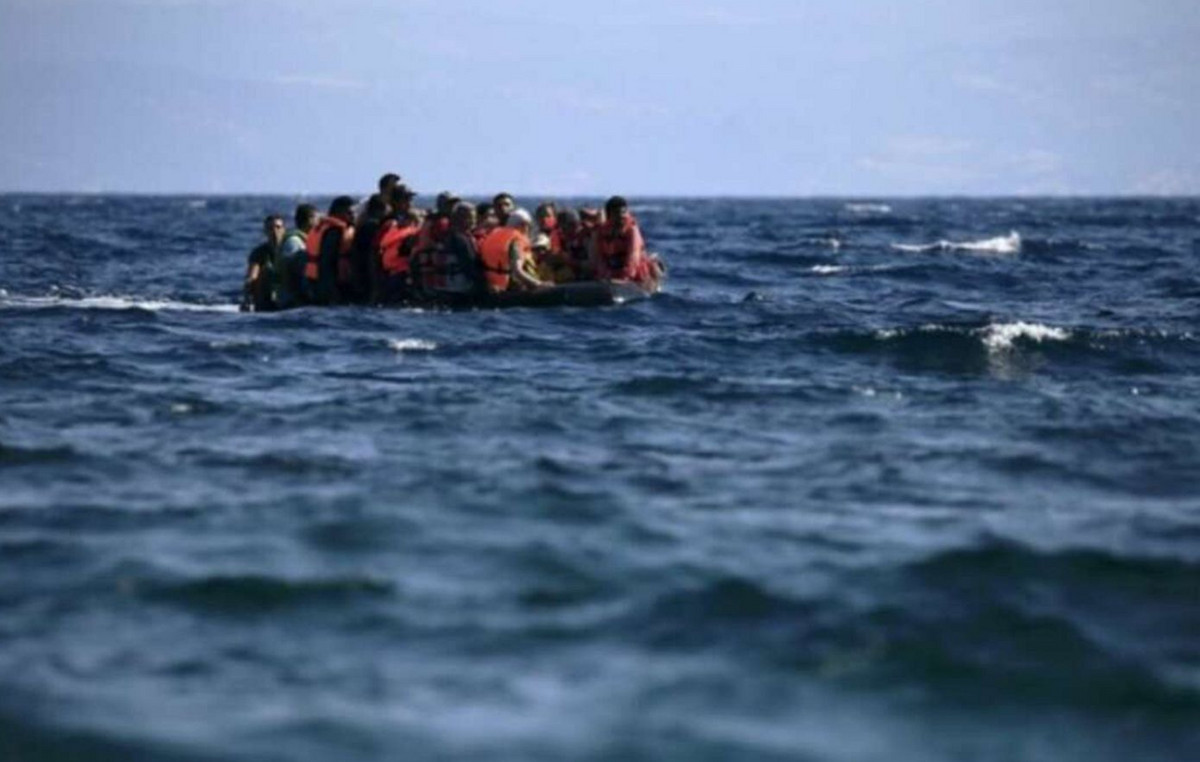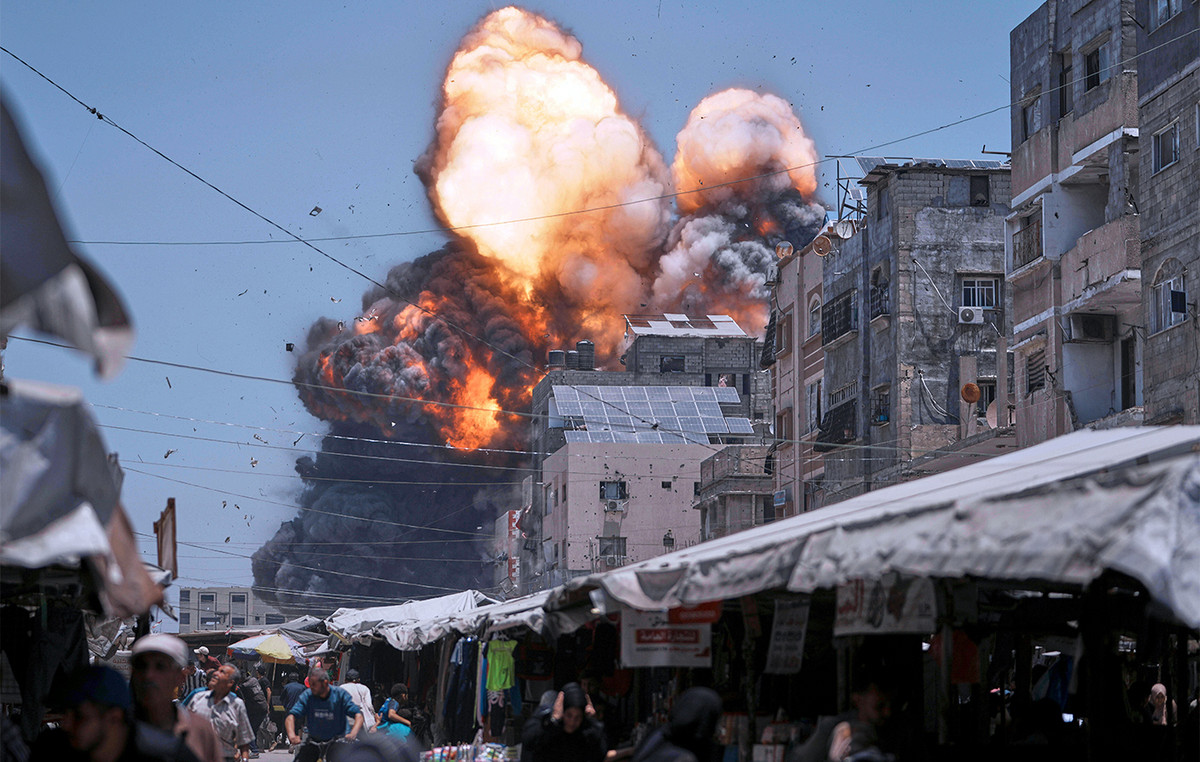The Israeli Ministry of Justice published this Wednesday (22) the names of 300 Palestinian prisoners who are expected to be released as part of a broader agreement to free hostages held in the Gaza Strip.
The list included more details, including ages and reason for arrest.
Under the terms of the recently negotiated deal, the Israeli Cabinet Secretariat said 150 Palestinian prisoners would be released in four stages over four days, provided that at least 10 Israelis abducted by Hamas were handed over to Israeli security forces every day.
Israel said there would be a lull in fighting during those four days.
See also: Israel approves agreement with Hamas to release hostages
Although the initial agreement provides that the hostages in Gaza will be released in exchange for 150 Palestinian women and children held in Israeli prisons, the list published this Wednesday by the Israeli government includes 300 names because Israel offers the possibility of a second phase of exchange. of prisoners for hostages.
In a statement, the Israeli Cabinet Secretariat said the second phase would work in the same way as the initial exchange, including the release of Palestinians in groups subject to the release of at least 10 people per day and a pause in fighting.
The publication of the list of names on Wednesday morning begins a 24-hour countdown during which legal petitions against the release of Palestinian prisoners can be presented to Israel’s Supreme Court.
It is unclear whether any legal objections will be filed or whether the Supreme Court would agree to hear them in this case.
Agreement
After weeks of negotiations, Israel approved an agreement with Hamas, on Tuesday (21), for the release of 50 hostages held by the armed group in the Gaza Strip.
Women and children will be released for four days in exchange for a ceasefire during this period, according to the Israeli prime minister’s office.
The announcement of the agreement comes after a series of meetings with Benjamin Netanyahu’s government authorities. However, the statement made no mention of the release of Palestinian prisoners held in Israeli prisons, although it is understood that this is a fundamental point of the agreement.
Shortly afterwards, Hamas confirmed the agreement, saying that 150 Palestinian women and children will be released by Israel. According to the radical group, the ceasefire will allow hundreds of trucks with humanitarian aid, medicine and fuel to enter all areas of Gaza.
The resolution was approved by a “significant majority” of the government’s war cabinet, in a vote that lasted more than six hours, according to a source from the CNN.
Earlier, a source familiar with the matter told CNN that the agreement is not expected to be implemented immediately and could take at least a day to come into force.
There are 239 hostages held captive in Gaza, including foreign citizens from 26 countries, according to data from the Israeli military. The captured citizens represent an advantage Hamas has over Israel.
Even if the group retains only a fraction of the group it held on October 7, it would still maintain considerable influence over the neighboring country, which is known to pay a high price in negotiations like these.
In 2011, Israel freed more than a thousand Palestinian prisoners in exchange for a single soldier, Gilad Shalit, who had been held hostage for five years.
On the other hand, Israel’s leadership is under enormous internal pressure to secure the release of its citizens. Most Israelis accept the release of thousands of Palestinian prisoners held in Israeli prisons as part of any swap deal.
The total number of Palestinian prisoners held in Israeli prisons is approximately 8,300, according to Qadura Fares, head of the Palestinian Prisoners’ Club, a non-governmental organization.
Of this group, more than 3,000 are detained in what Israel calls “administrative detention,” meaning they are imprisoned without knowing the charges against them or the ongoing legal process.
Source: CNN Brasil
Bruce Belcher is a seasoned author with over 5 years of experience in world news. He writes for online news websites and provides in-depth analysis on the world stock market. Bruce is known for his insightful perspectives and commitment to keeping the public informed.







